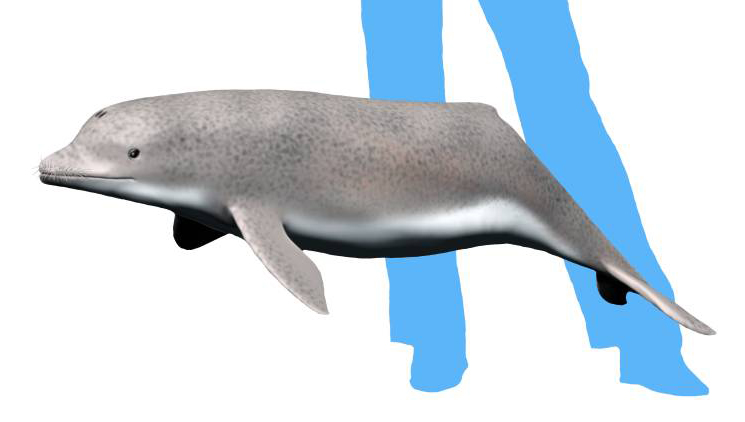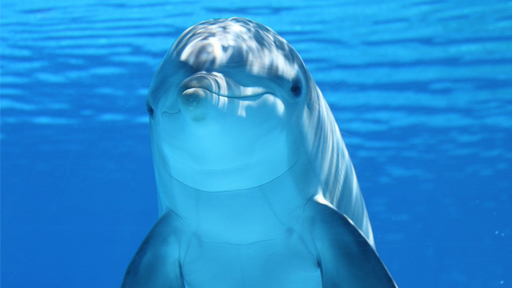 Artistic rendering by Robert Boessenecker.
Artistic rendering by Robert Boessenecker.
A novel species of ancient toothless dolphin was discovered in the southern United States.
The skull fossil, which was unearthed in a river near Charleston, South Carolina, contains holes indicative of enlarged lips or whiskers. In contrast to modern-day dolphins that grasp and tear prey with sharp teeth, this species would likely have sucked or “slurped” its prey off of the ocean floor.

“Short snouts typically occur in Odontoceti that are adept at suction feeding—the smaller the oral opening, the greater the suction,” explained Robert Boessenecker, an expert in paleontology and the author of the paper published in Proceedings of the Royal Society B.
He continued, “Inermorostrum xenops fed primarily on fish, squid, and other soft-bodied invertebrates from the seafloor, similar to the feeding behavior of a walrus. Furthermore, a series of deep channels and holes for arteries on the snout indicate the presence of extensive soft tissues, likely enlarged lips, and also perhaps even whiskers.”
Named Inermorostrum xenops, researchers believe that this tiny 3-foot long specimen existed an estimated 30 million years ago.
Modern-day bottlenose dolphins are roughly 3 times larger, measuring approximately 7 to 12 feet in length from snout to fluke. The species has evolved a snout which is twice as long as it is wide, evidently the best length for both catching fish and suction feeding.

WATCH NEXT: Orcas vs. Tiger Shark




